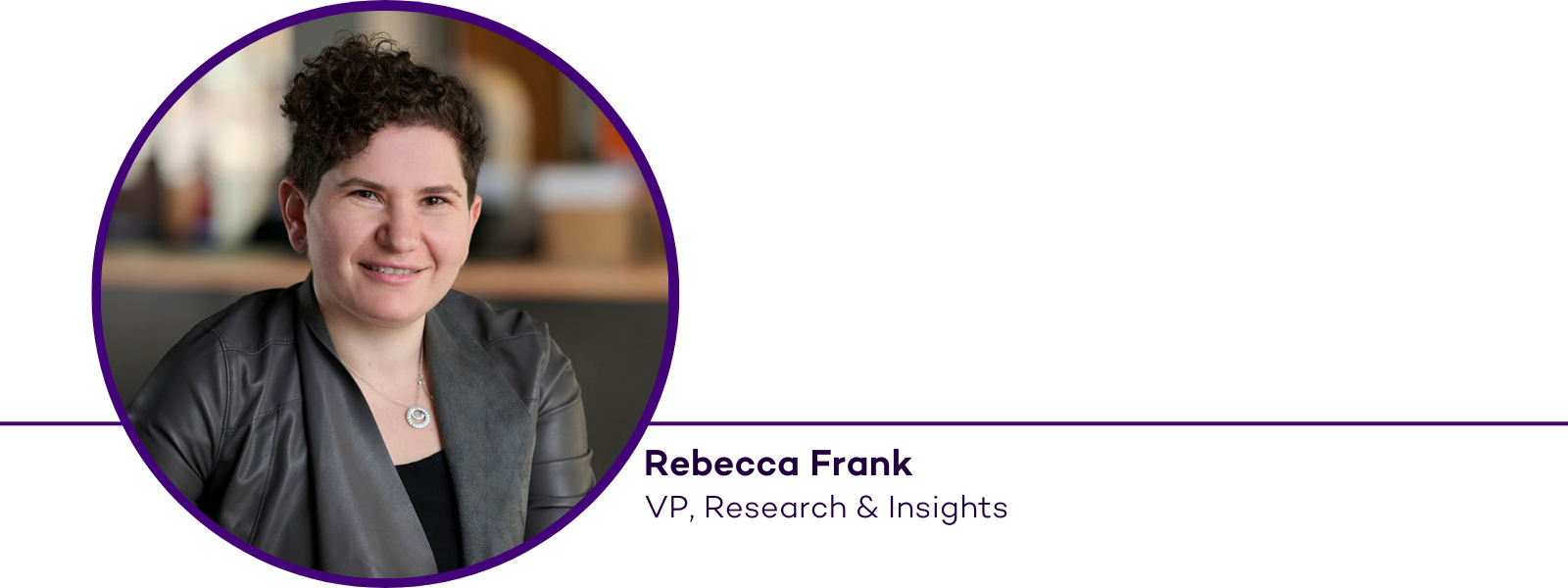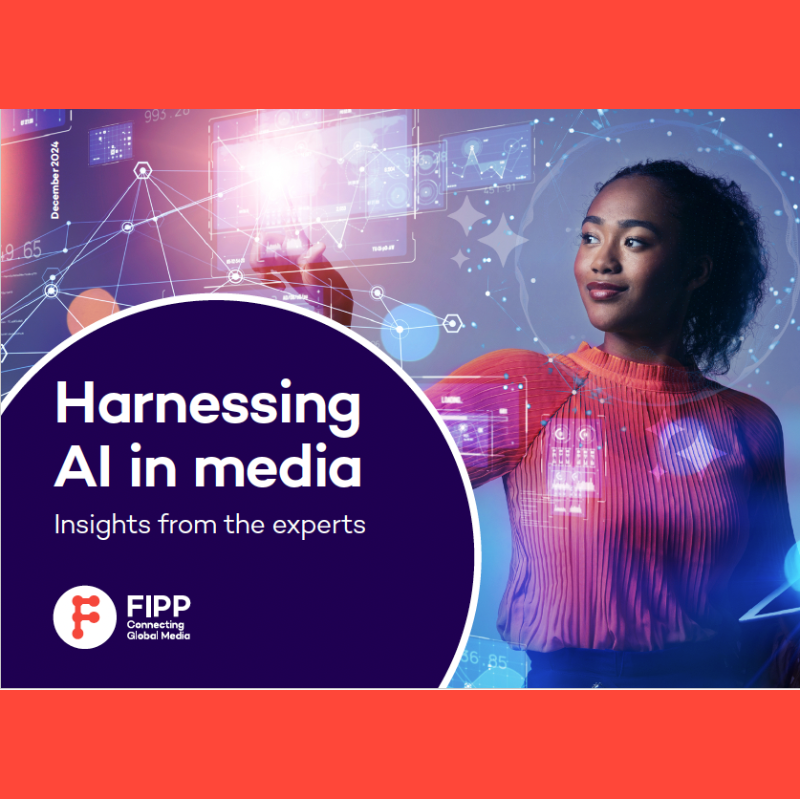One step ahead – Rebecca Frank of the News/Media Alliance on helping publishers negotiate a growing number of obstacles
Whether it’s the needs of Gen-Z, the latest developments in the online advertising market or ways to get people to subscribe to news, the newly formed News/Media Alliance has a lot to keep an eye on.
Made up of the Association of Magazine Publishers and the News Media Alliance, which merged in July this year, the trade association counts many of the largest and most renowned brands in the magazine and news publishing industries among its members – companies with a combined annual revenue of $40 billion. It’s a membership that faces a plethora of problems the Alliance is determined to find solutions for.
“It’s about understanding the challenges publishers are facing and helping people break down their understanding of what the threat is, so they realise they are equipped to meet it,” explains Rebecca Frank, Vice President, Research & Insights at the News/Media Alliance. “We are hearing from publishers regularly and it’s about what challenges can be met and prioritising.
“There are so many existential threats, and we have all learned in the last couple of years that there are some threats you can mitigate and adapt to and somewhere you have to bend reality to meet the challenge. The Alliance exists to understand and improve the business conditions in which publishers do their work.”
Frank’s role in the Alliance is to, as she put it, “quantify, understand and see around corners of those conditions”.
“You have to be aware of what’s happening to the members – what are they dealing with and what should they be thinking about?” she adds. “It’s about answering as many of those questions as we can on a daily basis.”

The rise of Gen-Z
The way the Alliance demystifies issues through research is evident in their exploration of Gen-Z, a group set to become one of the largest future paying audiences for news. While there seems to be an assumption among many in the industry that those who are part of Gen-Z don’t like to read, the exact opposite is true, according to Frank.
“There has been so much said about how Gen-Z are always online and they don’t read anything, while, in fact, they are constantly reading,” she says. “They are more news informed than any generation before them.
“Creating a relationship with people who want news and information is different than saying they are never going to read this so maybe the wholesale change an organisation needs to make is to better serve that generation.
“It should really be a question of ‘how’ and ‘when’ and not ‘what’ and ‘if’. There will always be a need to tell people what is going on, particularly what is going on in their community. We can help these companies by using storytelling and information for them to better meet those needs.”
“Magazine publishers have a uniquely powerful product and a strong relationship with their readers. There’s a lot of information that readers want, and magazine publishers are giving people what they want”
Getting the facts straight
The Alliance’s signature annual report is the Magazine Media Factbook, which provides updated research trends and data points, mined from its extensive network of members, that highlight the enthusiasm for magazine media, and underlines the credibility magazines enjoy with their readers.
“The takeaway from the Factbook is that magazine publishers have a uniquely powerful product and a strong relationship with their readers,” says Frank. “There’s a lot of information that readers want, and magazine publishers are giving people what they want.
“Magazine publishers should feel good that they have something people want and know how to give it to them. The Factbook is a tool to help a relationship that is already strong. It is about telling advertisers this is an audience you want to reach, telling magazine publishers your magazine is an asset and that if you make sure that you serve the audience that advertisers want to reach, you have the tools to succeed.”
According to the 2022 instalment of the Factbook, published in November, more than half of individuals in every age group interact with magazines on social media.
“It shows that social media is a means to an end, another way to talk to people,” says Frank. “The way I think about the social media finding is that magazines are lucky to have these people. They are reading magazines, they are reaching social media, they are probably watching TV and streaming – they are active people you want to be reaching. “People who read a magazine care a lot because you have to go and seek it out on social. It’s an identity for them and feels very important to them from a self-definition standpoint.”
“It’s about knowing your audience and taking them on this journey and making them understand why you might change and be in another format or another – providing a different kind of value, but value nonetheless”
Building a relationship
The Factbook also shows people of all ages still enjoy experiencing magazines in print, including nearly six in ten 18-34 year-olds who say they love the touch and feel of a printed magazine. While Frank welcomes the finding, she stresses that the way you reach readers is less important than the relationship you build with them.
“Print is a high value, high-cost medium – it works for a lot of people but there’s no shame for companies that evolve away from print,” she says. “For every publication that can’t find success with print there are those that do – It’s more about the brand, the experience and the relationship.
“Some people’s relationship with a magazine is going to be print only but it doesn’t change the trust you have in the advertisers and the content. Many news companies made the transition from print earlier than magazine and our findings show that it doesn’t preclude their ability to build trust and relationship and build something for the long term.
“So, it’s about knowing your audience and taking them on this journey and making them understand why you might change and be in another format or another – providing a different kind of value, but value nonetheless.”



![[New!] FIPP Global AI in Media Tracker – November 2025](https://www.fipp.com/wp-content/uploads/2025/06/articles-header-800x760.png)





